Hyperbitcoinization: Deep Dive into Runes
Runes is a proposed fungible token protocol for Bitcoin created by Casey Rodamor and could potentially help scalability and blockchain bloat. Integration with the Bitfinity EVM aims to further expand smart contract capabilities for Bitcoin.
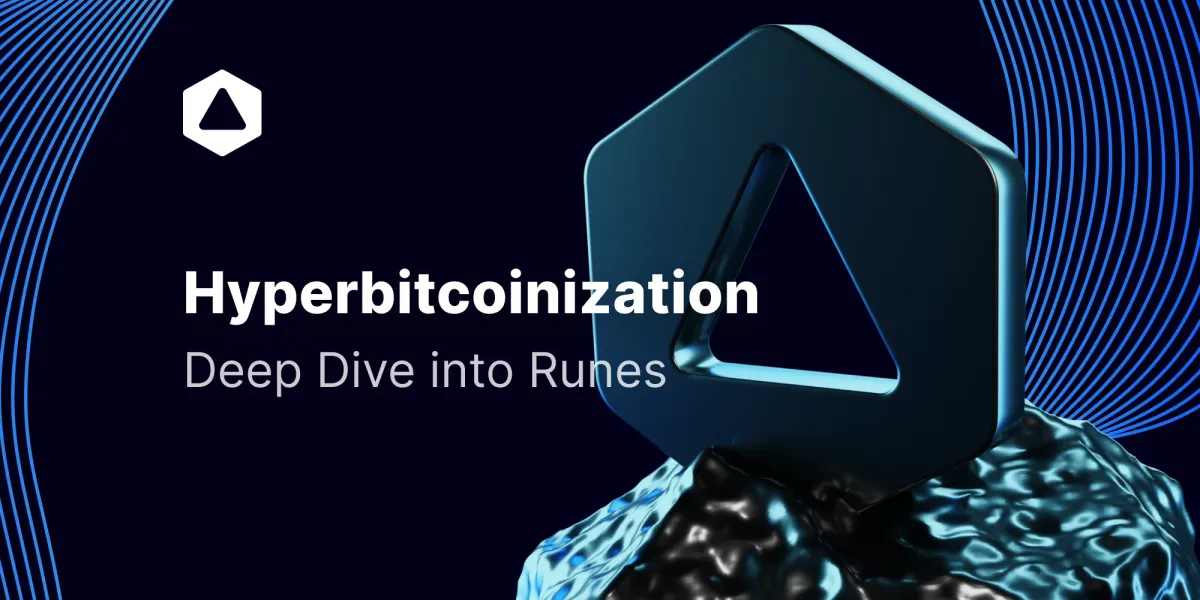
The Bitcoin L1 ecosystem is exploding and eclipsing almost all other blockchains. With the total market value rising and the market cap of token ORDI exceeding one billion dollars, the chain backed by digital gold is facing problems with congestion. However, the originator of these indirect problems has proposed a new form of inscription.
In this article we will look at how Runes seeks to tackle these problems and how the Bitfinity EVM can potentially help relieve the congestion issues of Bitcoin. Let us explore the complexities and potential benefits of creating this new fungible token protocol for Bitcoin.
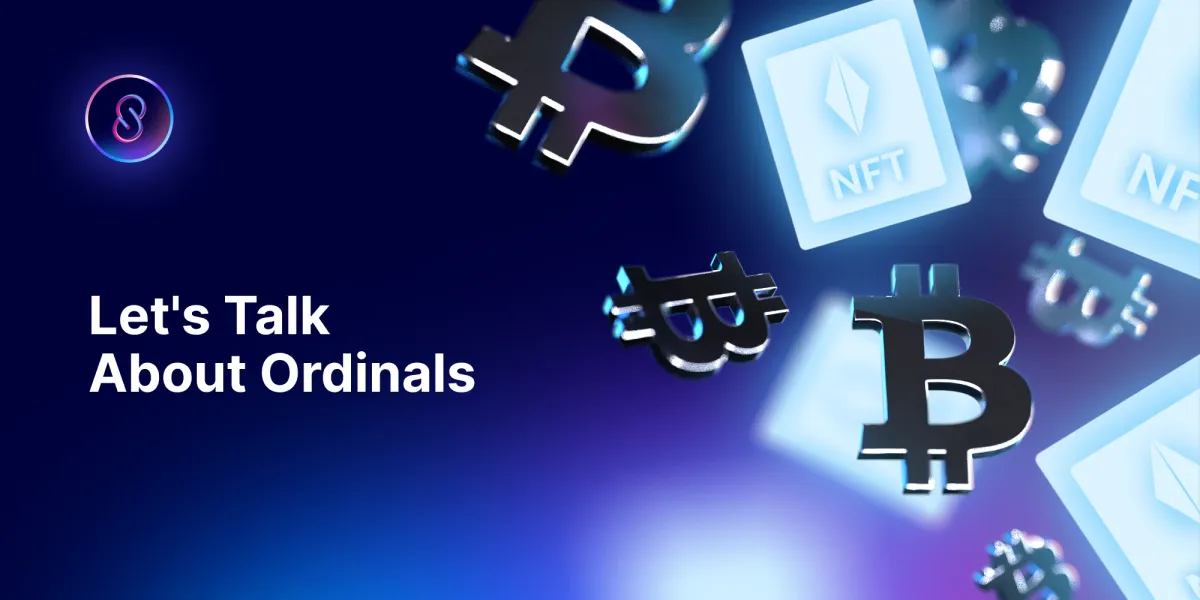
What Are Ordinals and Why Are They Significant?
Ordinals have become a hot topic lately, not only for their speculative value, but as they represent a way to inscribe or attach data to individual satoshis.
So how does the Ordinals protocol work? Well, by giving individual Satoshis, which is Bitcoin's smallest unit with 100 million Satoshis making up a single Bitcoin, unique characteristics or numismatic value, Ordinals compromise the fungibility of Bitcoin.
In a perfectly fungible asset, each unit is interchangeable with any other unit; in the case of Bitcoin, this means one Satoshi should be identical to another. However, Ordinals change this "fungibility" because they provide the satoshis with unique attributes, making them distinguishable from one another.
In simpler terms, Ordinals create non-fungible tokens (NFTs) on the Bitcoin network, which is already well known on the second biggest chain Ethereum Mainnet.
So Satoshis acquire through the use of Ordinals a numismatic significance which can be marked with any chosen content. This forms essentially a distinct digital assets on the Bitcoin blockchain which can be bought or sold and with all the data for this process being kept and maintained on-chain.
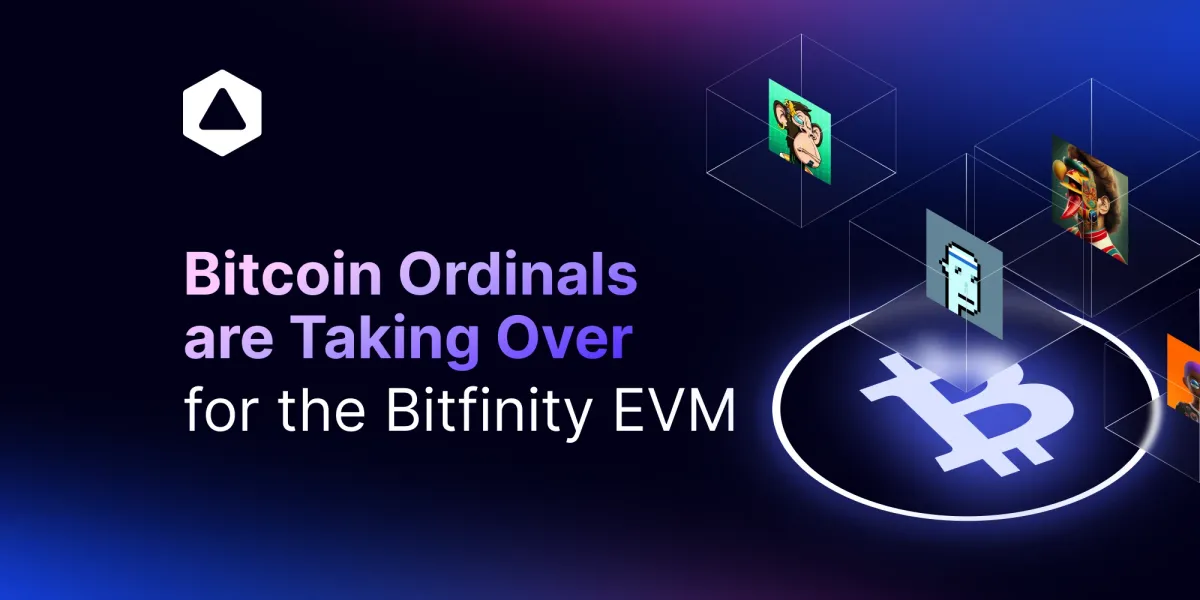
What is the BRC-20 Standard?
BRC-20 is a proposed tokenization protocol designed specifically for the Bitcoin blockchain. It was developed in March 2022 as an experimental standard by an anonymous developer named "Domo." BRC-20 tokens function similarly to how ERC-20 tokens work on Ethereum, providing a method for sending fungible tokens using the Bitcoin network.
PEPE and ORDI are among the most notable BRC-20 tokens created on Bitcoin. While many were getting hilariously rich on the rise in value of these tokens, the BRC-20 token standard has been criticized more for spamming Bitcoin with “junk” unspent transaction outputs (UTXOs). This was also an issue raised by Casey Rodarmor himself, the originator of Ordinals.
The increased on-chain activity from BRC-20 tokens has led to higher transaction fees on the Bitcoin network. In November, the Bitcoin network saw a massive 1,400% increase in transaction fees, primarily because of the rising demand for Ordinals.
Something needed to be changed because the debates over the role of NFT-like Ordinals and the weight of BRC-20 tokens on the network were heating up.
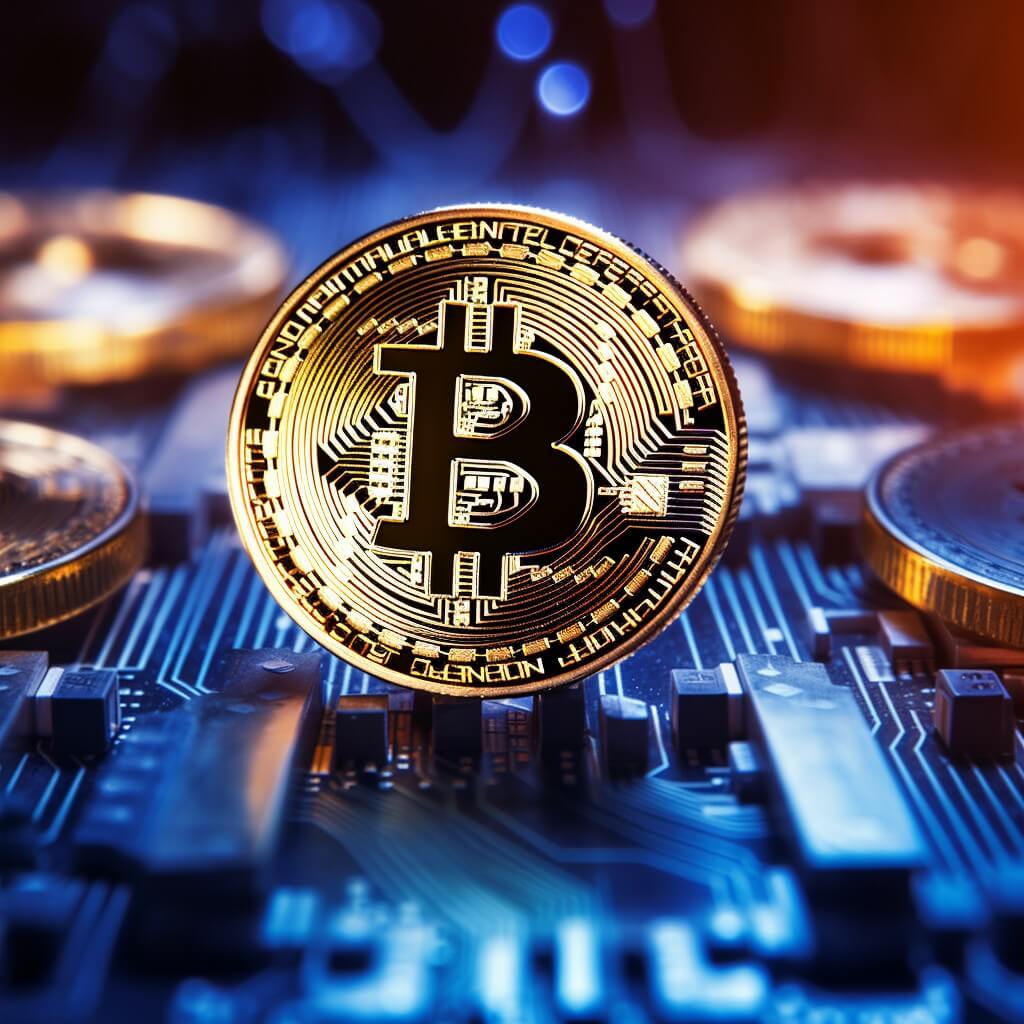
Runes - An Upgrade to Ordinals
So Casey Rodamor, the creator of the Ordinals protocol, recently proposed a replacement to the BRC-20 fungible token protocol known as Runes.
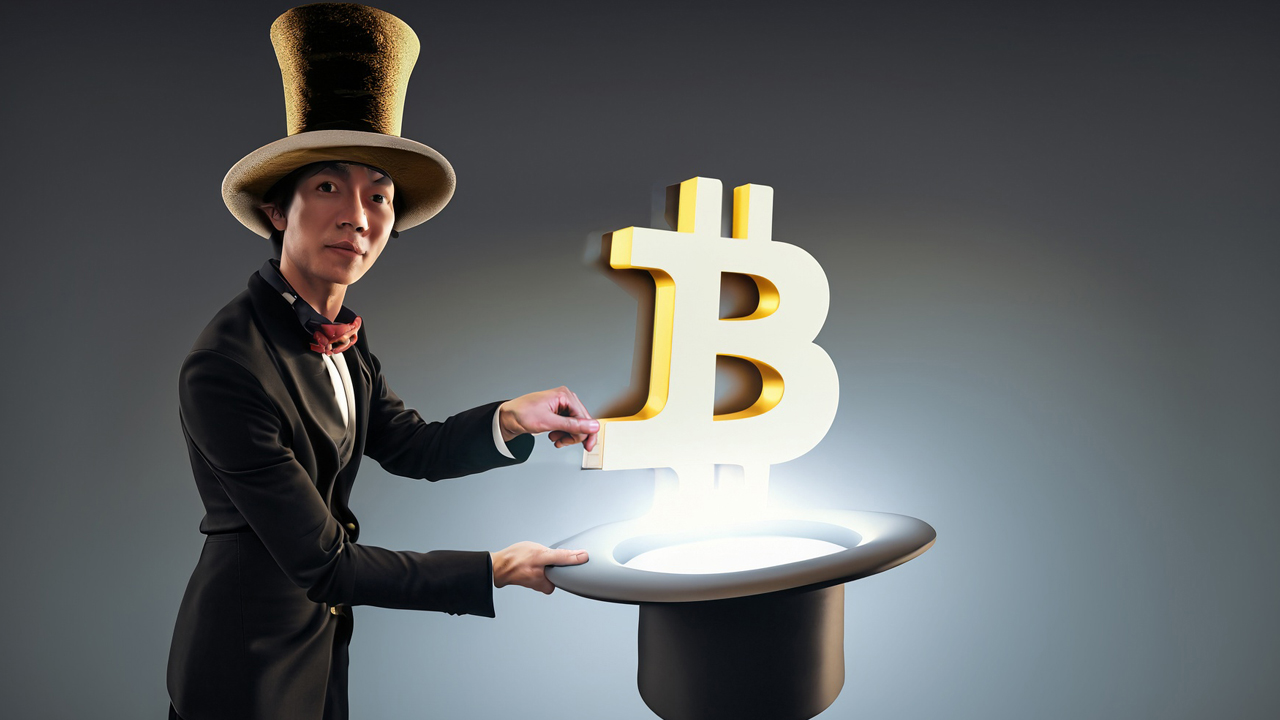
The Runes protocol stands as a disruptive newcomer with the potential to recalibrate the existing dynamics of poorly implemented token schemes on Bitcoin. It allows for the creation of fungible tokens on the Bitcoin blockchain, but does so in a very different way from previous solutions.
Runes eliminates the need for a native token for operations, better aligning with Bitcoin's ethos of simplicity and decentralization and makes the protocol more accessible to the users.
New terrible idea just dropped: Runes.
— Casey (@rodarmor) September 25, 2023
A worse-is-better fungible token protocol for Bitcoin.https://t.co/TPVrUvWxm8
Tweet Casey Rodarmor - Proposing Runes
How Does the Runes Token Standard Work?
The Runes protocol begins with an issuance transaction that creates a new Rune token. This transaction defines the symbol, token supply, and number of decimals. The token supply is then assigned to a specific unspent transaction output (UTXO).
In the Bitcoin network, a transaction consists of inputs and outputs. When a transaction is completed, the input is erased and an output, known as a UTXO, is generated. This UTXO can be used in a future transaction.
So UTXOs are used to track the balances of Rune tokens. To transfer Runes, a function splits a UTXO into several new UTXOs, with each new UTXO holding a different amount of Runes to be sent to recipients.
Unlike the Ordinals protocol, which stores data in the witness part of a transaction, Runes stores data in OP_RETURN.
Difference from Ordinals - BRC-20 Standard
Runes present a simpler and more efficient alternative to the BRC-20 standard for fungible tokens. While BRC-20 tokens are associated with addresses, Runes take a different approach by embedding token records directly into Bitcoin’s unspent transaction outputs (UTXOs).
The Runes proposal suggests a different mechanism of tokenization that could alleviate some of the bloating issues.
Who is Casey Rodarmor and What is His Influence on Bitcoin's Development?
Casey, often referred to as the "Lord," "Emperor," or "absolute alpha and omega," is a very prominent figure in the Bitcoin community. While seen as an enemy by some Bitcoiners, Rodarmor is a longtime Bitcoiner himself who believes in its resistance to censorship and inflation.
Rodarmor's inspiration for Ordinals and Runes came from generative art and a desire to create his own works. He found Ethereum usability lacking and built Ordinals on Bitcoin instead.
After a period of silence since the ordinals hype, he has returned to the scene, frequently sharing his thoughts, with now his proposal for Runes. More information on him can be found in this article.

What Challenges Does Runes Faces?
While Rodarmor sees it as a legitimate way to bring NFT-style assets to the blockchain, others argue it introduces potential problems. Critics point out that these new schemes rely on an external numbering system not inherent to Bitcoin, meaning the ordering is arbitrary and could be changed or duplicated.
Mike Destamps, the creator of stamps, which is a way to embed art on Bitcoin, also points out that everyone waiting on Casey's implementation and block height activation hints at a centralized system.
"There is a worry that the dependence on a single person's implementation contradicts the decentralized nature that many in the crypto world strive for."
From Bitcoin's perspective, critics say these versions amount to more spam than a meaningful addition, as it simply adds non-essential data without consideration for the user experience or scaling of the protocol.
Luke Dashjr, a Bitcoin Core developer, previously criticized Ordinals for exploiting vulnerabilities and spamming the blockchain, suggesting that Bitcoin Core should implement spam filtering to block such transactions.

The debate reflects a split in the Bitcoin community between those who see value in the new use cases for block space and traditionalists who prioritize Bitcoin's financial transaction efficiency.
Alternative layer 2-based solutions, according to some critics, may be better positioned to bring capabilities like NFTs without introducing tradeoffs for the core user base and design assumptions of the Bitcoin blockchain...
Bitfinity EVM and Potential Integration of Casey Rodarmors 'Runes'
The Bitfinity EVM, as the next-gen Layer Two solution for Bitcoin, could potentially integrate Runes. This would mean more smart contract flexibility on Bitcoin, powered by Bitfinity's innovative Chain-Key technology.
Runes aims to build on Bitfinity's unique features, such as decentralized and secure bridging with the Bitcoin blockchain. An integration would aim to provide developers with a scalable, Ethereum-compatible environment for programming in Solidity, while tapping into Bitcoin's liquidity.
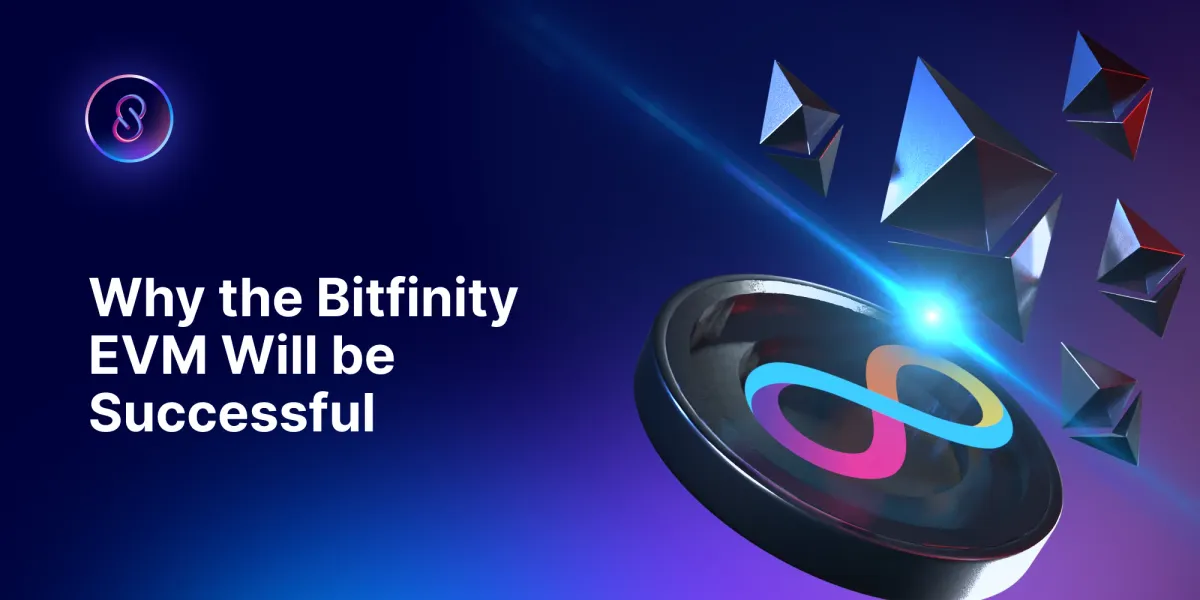
When Can We Expect Runes?
So while Runes is not yet launched, everyone interested should remain cautious because there are many scams trying to impersonate the project.
According to the latest Ordinals code submission, Casey Rodarmor has set the official launch of the Runes protocol to begin indexing at the next BTC mainnet halving (estimated block height of 840,000, around the end of April 2024).
Degens are in my DMs asking if different runes services are legit.
— Casey (@rodarmor) December 5, 2023
None are associated with me, and when Runes is released, runes won't recognized retroactively. If you buy any now, you are guaranteed to get rekt.
(Of course, you'll probably get rekt on actual Runes, too.)
Future Outlook Runes
While the future of 'Runes' is still uncertain, its potential value to the Bitcoin network cannot be overlooked. At this stage, it remains to be seen how the crypto community will respond to this proposed alternative. Despite admitting that 99.9% of fungible tokens are filled with scams and memes, creator Casey Rodarmor believes that the right fungible token protocol can add value to the Bitcoin network.
Meta-protocols like Runes can scale off-chain with greater ease than Bitcoin. This is due to the flexibility offered by these protocols, which are essentially arbitrary data that Bitcoin doesn't inherently interpret. This opens up a range of possibilities, from implementing Solidity for Runes tokens to building ZK Rollups.
Conclusion
Not only is the store of value or means of payment the reason for Bitcoin's existence, but the interesting aspects Ethereum brought to the table are now being implemented on the oldest and biggest blockchain. Perhaps with the help of the Bitfinity EVM.
A simpler design could attract more developer interest and participation, and a seamless user experience could attract more mainstream adoption as users do not need to handle native tokens or deal with off-chain complexities.
As it stands, the Runes protocol could either emerge as a groundbreaking solution for token functionality and scalability on Bitcoin or become another cautionary tale of hasty blockchain innovation.

Connect with Bitfinity Network
Bitfinity Wallet | Bitfinity Network | Twitter | Telegram | Discord | Github

*Important Disclaimer: While every effort is made on this website to provide accurate information, any opinions expressed or information disseminated do not necessarily reflect the views of Bitfinity itself. The information provided here is for general informational purposes only and should not be considered as financial advice.







Comments ()